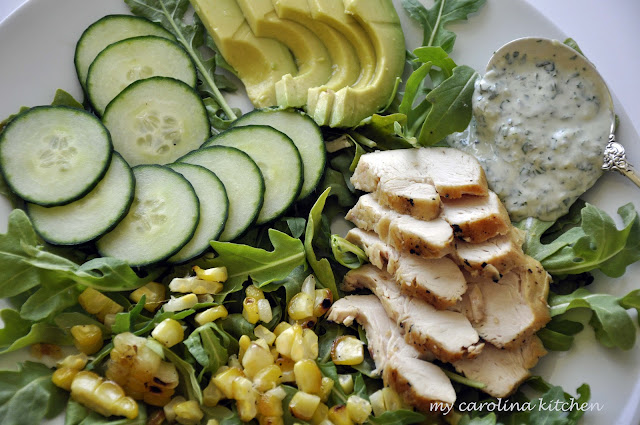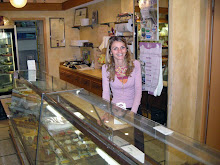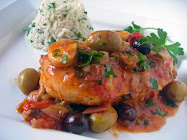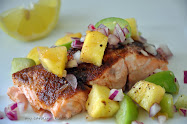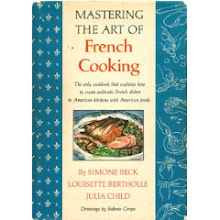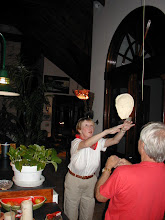“Home grown tomatoes, homegrown tomatoes.
What would life be like without homegrown tomatoes?
Only two things that money can’t buy,
That’s true love and homegrown tomatoes.”
An excerpt from a John Denver song, words & music by Guy Clark.
No truer words were ever spoken. Who wants to live without true love and homegrown tomatoes?
Summer is my favorite time of the year, primarily because I love homegrown tomatoes. I grew up in the small town of Warren, located in Bradley County in south Arkansas. Bradley County’s slogan was “The land of tall pines and pink tomatoes.” Bradley County grows a special variety of a pink tomato appropriately called the Bradley County Pink. In 1987 the South Arkansas vine ripe Pink Tomato was named the official state fruit and vegetable of Arkansas.
 |
| Logo courtesy of the Bradley County Pink Tomato Festival |
In 1956 a group of town merchants and members of the Chamber of Commerce, which included my father, created an event to celebrate the tomato industry and help promote business in the area. The
Bradley County Pink Tomato Festival was born. Parades and a beauty pageant crowning Miss Pink Tomato were added the second year. The annual All-Tomato luncheon showcased the best tomato recipes of local cooks. Since then the celebration has grown into a weeklong affair and is one of the oldest continuous running festivals in Arkansas. This year the Pink Tomato Festival celebrated its 56th year.
Tomatoes & I have a history. My father was President of the Fair & Marketing Association, which sponsored the Pink Tomato Festival, about the same time the Festival got its start. One night he came home for dinner and told us that a member of the association had a cousin named Johnny from nearby Kingsland who was an up and coming singer for Sun Records in Memphis and he was willing to sing at the rodeo during the Festival. It just happened to be the same time that Elvis Presley was also recording for Sun Records. Johnny brought a friend of his along to perform at the rodeo, Jerry Lee Lewis, who had just recorded two hits for Sun -
Whole Lotta Shakin' Goin' On and
Great Balls of Fire. By now you know I'm talking about the legendary Johnny Cash. It was on that night in the fifties that people in my small home town got a glimpse into the beginning days of Rock & Roll and I was in a front row seat.
The Broadway hit
Million Dollar Quartet was inspired by the legendary Rock and Roll recording session at Sun Records that included Johnny Cash, Jerry Lee Lewis, Carl Perkins and of course the King of Rock and Roll Elvis Presley.
In honor homegrown tomatoes, I have two simple recipes that showcase the rich, sweet flavors of vine-ripened tomatoes. Our friend and fellow blogger Larry from
Big Dude’s Eclectic Ramblings and his wife Bev have shared two of their homegrown tomatoes from their garden with us today.
The yellow one’s name is Persimmon and the green striped one is a Green Zebra. I picked up the dark wine colored one, a Cherokee Purple, along with a small red heirloom, at our local farmer’s market to complete the color combination.
An easy way to serve tomatoes is to arrange some slices on a platter, drizzle with a little extra-virgin olive oil and red wine vinegar, liberally sprinkle with crunchy sea salt and freshly ground black pepper, and top with a few leaves of fresh basil from your herb garden. It doesn’t get much simpler or better than that.
If you want to get a little fancier, take the same arrangement of tomatoes and instead of using the olive oil & vinegar, top them with a southern pea salad.
I normally use black-eyed peas for this salad, but again thanks to local homegrown gardens, I was able to find fresh
purple hull peas, another great memory from my childhood in the south. Purple hull peas are a cousin of the black-eyed peas and sometimes called “cow peas” or “southern peas.” When I was growing up, my mother bought bushel baskets of unshelled peas from local farmers and everyone in my family sat around and shelled peas into newspapers in their lap, probably watching Ozzie and Harriet. I shudder to think about how many bushels of peas I shelled as a child. The thing I remember most about purple hull peas is that they stain your fingers a light shade of purple and I can assure you, very embarrassing for a teenager at school the next day.
I’ve used ham in this recipe, but feel free to leave it out for a vegetarian dish. Black-eyed peas are normally in this, but if you ever run across purple hull peas, be sure to give them a try. Most people think they’re more flavorful than black-eyed peas.
Southern Pea Salad, sometimes called Southern Caviar
From My Carolina Kitchen
1 can black eyed peas, drained & rinsed well (or cooked purple hull peas)
1/2 cup (more or less) lean cooked ham steak, cut into ½” pieces
1 shallot, minced
3 tablespoons extra virgin olive oil
1 tablespoon red wine vinegar
Pinch of sugar
Dash of Tabasco (or to taste)
Dash of Worcestershire sauce
Crunchy sea salt & freshly ground black pepper to taste
Minced scallions, including green tops
1 fresh jalapeno pepper, seeded & diced, optional
Chopped fresh flat-leaf parsley
Place pea in a mixing bowl and set aside. Sauté the ham in a non-stick skillet until nicely browned, about 5 minutes. Let cool for a moment and then add it to the peas. Add shallot and stir. Measure olive oil, vinegar, sugar, Tabasco, Worcestershire sauce, and salt & pepper in jar with a tightly fitting lid and shake well to make vinaigrette. Toss the vinaigrette over peas and ham and stir to coat. Add the scallions and jalapeno pepper. Refrigerate for a couple of hours for flavors to develop. Serve at room temperature. Easily doubled or tripled. Great served with sliced homegrown tomatoes.
Plain or fancy, there’s nothing in the world like homegrown tomatoes.
These recipes will be linked to
Foodie Friday at Rattlebridge Farms, Miz Helen’s Country Kitchen
Full Plate Thursday,
Foodie Friday at Simple Recipes,
Foodtastic Friday at Not Your Ordinary Recipes,
Seasonal Sunday at The Tablescaper,
Southern Sundays at Slice of Southern,
Summer Salad Sunday at Easy Natural Food, and
On the Menu Monday at Stone Gable.











































